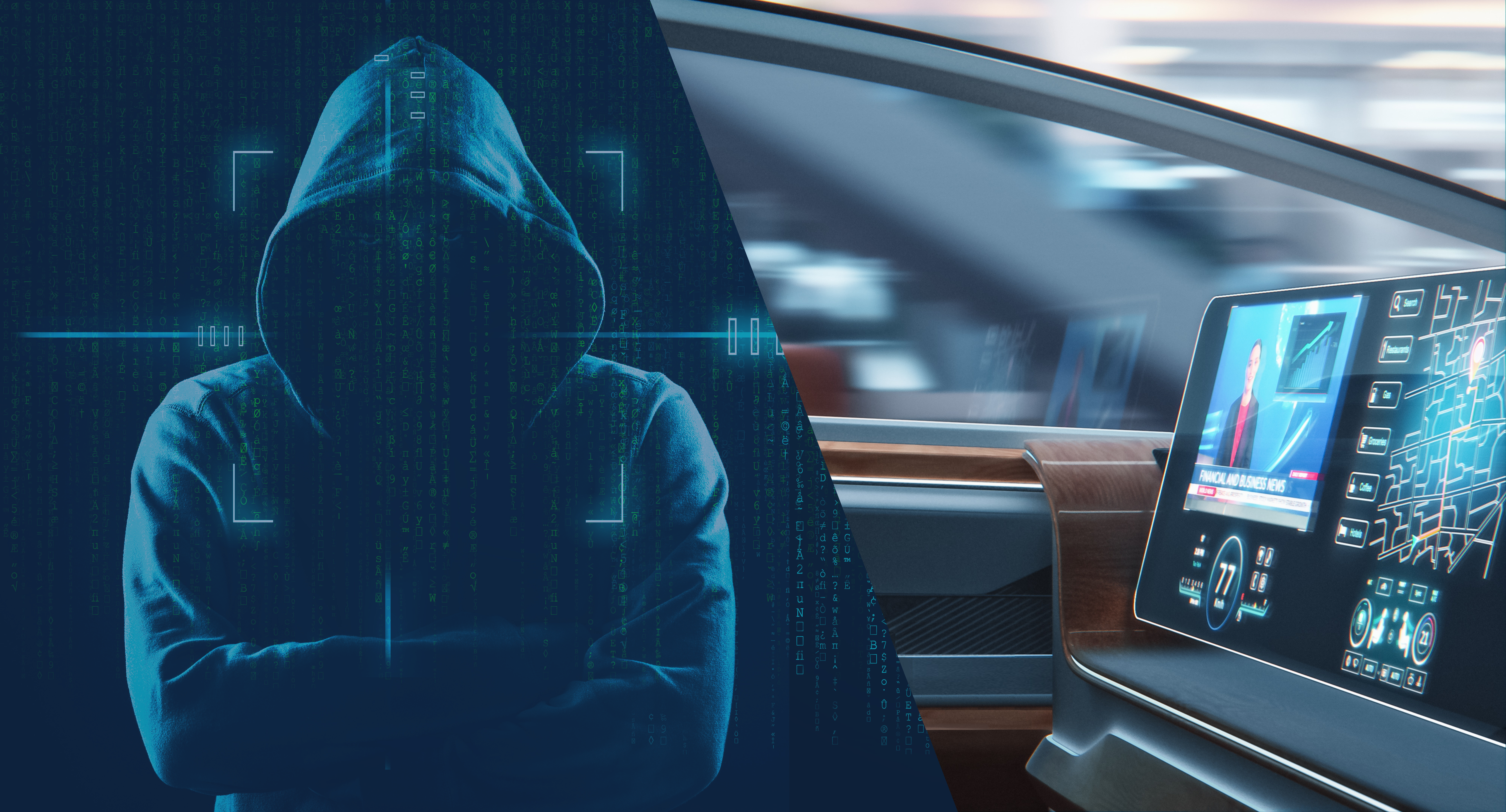We are transitioning towards a future dominated by software-defined vehicles (SDVs), where personalized digital experiences meet high-performance driving needs. Much like in your personal connected device, vehicle security is becoming an integral player in consumer safety. Safeguarding the SDV will allow software development and deployment that meets drivers’ demands while simultaneously meeting automotive cybersecurity requirements, even those going into effect this July.
In our recent webinar, we explored how automotive cybersecurity regulations are influencing OEM processes and how manufacturers and software players can exceed customer expectations while ensuring the security of software-defined vehicles and their underlying architecture.
Why Do We Need SDVs?
The transition to the SDV, and the underlying new E/E architectures that power the shift, such as Zonal Architecture, is driven by several benefits for OEMs and Tier 1s
- Hardware consolidation – for lowering hardware costs
- Modularity and re-use of hardware and software – for lower development costs, faster development time, and enabling more focus on innovation over iteration
- Simplification of software and hardware maintenance, certification and upkeep costs
- Unlocking additional revenue streams for software applications and services – bringing smart phone-like functionality to vehicles
This adoption will bring immediate business benefits as well as product differentiation to the brands that can pull off SDV development correctly.
In response to the shift in automotive technology, industry giants such as Bosch and Mercedes-Benz are enhancing their recruitment efforts (3,000 to 6,000 new software engineers) to catch up to the development time consumers have become accustomed to from their consumer electronics.
The following demands are driving the need for new approaches to safe and secure software-defined vehicles:
- Regulatory (UNECE R155 and UNECE R156) and Industry (ISO 21434 and 26262)
- Consumer Demands (there is a growing importance of offering a seamless customer experience and evolving by adopting new customer experience trends. Accenture’s recent study stated that 92% of dealers believe that customer experience will play an integral role in future growth and 46% of customers said that they would switch to a different OEM if it delivered better customer experiences).
In addition to the driving trends for customization and personalization, there are changes to production processes required to streamline development cycles. Automotive software architecture today is too complex, coupled, and cumbersome, with software distributed over 50-100+ Electronic Control Units (ECUs) per vehicle and monolithic blocks of code.
What Even is an SDV?
A software-defined vehicle is one whose centralized E/E Architecture includes security, safety, transparency, interoperability, and OTA capability. E/E architecture refers to the design and layout of the electrical and electronic systems within a vehicle that encompasses various components such as sensors, control units, wiring harnesses, communication networks, and software platforms that enable the functionality of modern vehicles.
With the increasing complexity and connectivity of software systems, securing this E/E architecture against cyber threats is crucial for ensuring the safety, reliability, and privacy of consumers.

SOA in the SDV
As the industry shifts towards these new architectures, there is a rise in software management solutions, like a SOA Framework Suite, to streamline automotive software development, deployment, and interoperability.
There are several big benefits in adopting a SOA framework that are enticing OEMs and Tier 1 to adopt the technology:
- Unlocking new revenue streams for OEMs via data-enabled services and apps (specifically an 8% CAGR forecast for software-driven services)
- Lower development and manufacturing costs with less development complexity
- Fewer ECUs and less wiring (with an expected 20% savings)
- 2x-4x reduction in production times and overall shorter TTM for new updates, features, and services
How Does Security Play a Factor in Increased Vehicle Productivity?
Under ISO/SAE 21434, security must be considered from concept, development, manufacturing, operation through decommissioning of the vehicle to create resilient systems that offer robust protection from evolving threats. UNECE R155, which goes into effect July 2024, further mandates for ‘timely’ updates for ensuring cybersecurity in vehicles.
As we move towards the software-defined vehicle, security is becoming indivisible from safety. Our Secure Gateway product provides the foundation for security that cannot be an afterthought - our products are built to automotive standards.
So, What's Next in Automotive Security?
The implications of the UNECE Regulation 155 for OEMs is that cybersecurity processes throughout the vehicle development lifecycle are required to address the increasing software and cloud connectivity in modern vehicles.
Implementing secure communication protocols within the vehicle's internal network and between the vehicle and external systems is crucial in preventing cyberattacks and data breaches. OEMs must understand the need for implementing secure software development and OTA updates for ongoing updates and upgrades without requiring physical access to the vehicle.
The SDV transformation requires industry stakeholders to comply with cybersecurity standards and regulations such as ISO/SAE 21434 and UNECE R155. Adhering to standards demonstrates a commitment to cybersecurity and helps build trust with consumers. By prioritizing cybersecurity and implementing these measures, OEMs can build trust with consumers and demonstrate their commitment to protecting vehicle systems and data from cyber threats.
In the pursuit of software-defined vehicles where personalized digital experiences intersect with high performance driving, cybersecurity emerges as a crucial aspect of vehicle development and deployment. The transition towards SDVs necessitates a fundamental shift in automotive software architecture, driven by regulatory mandates, economic factors, and evolving consumer demands.






